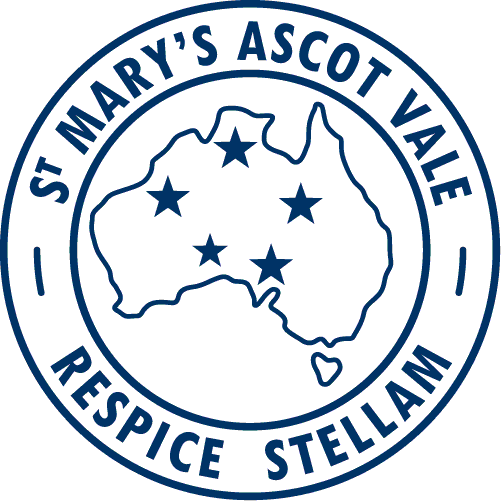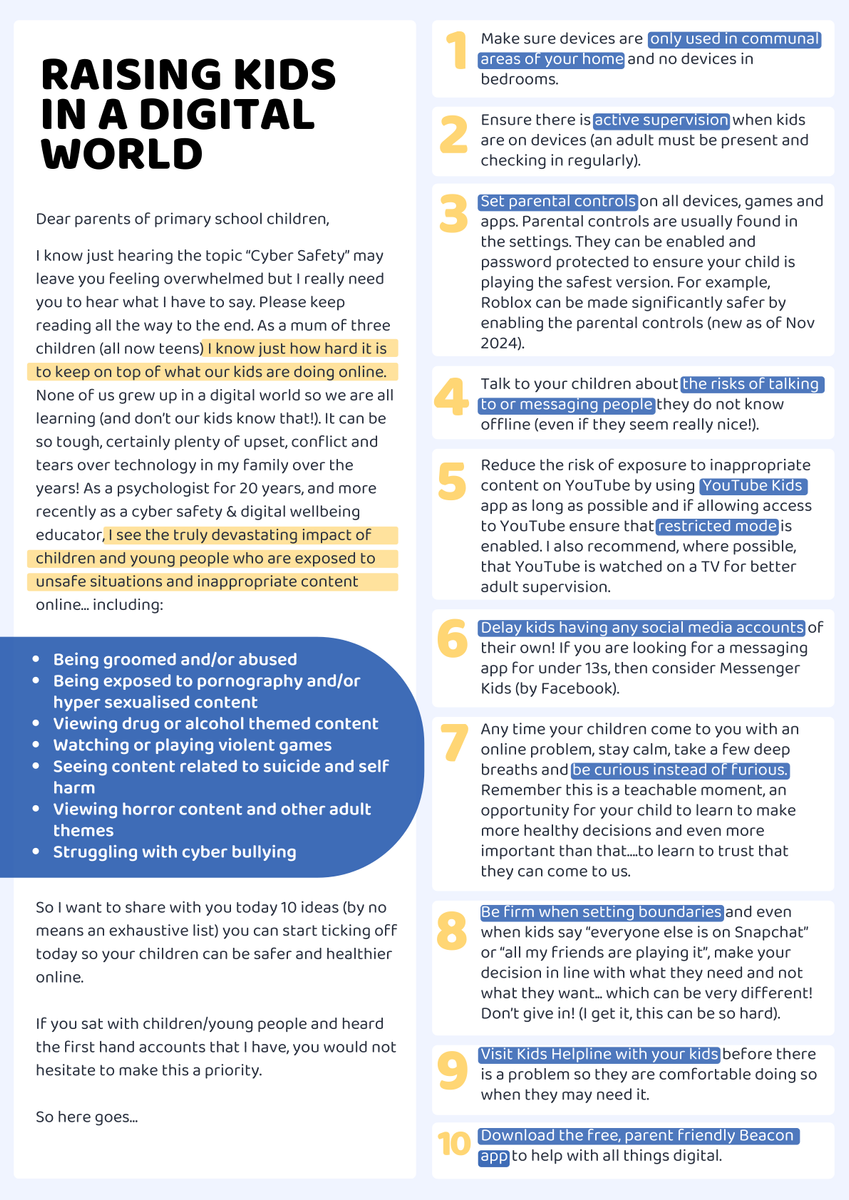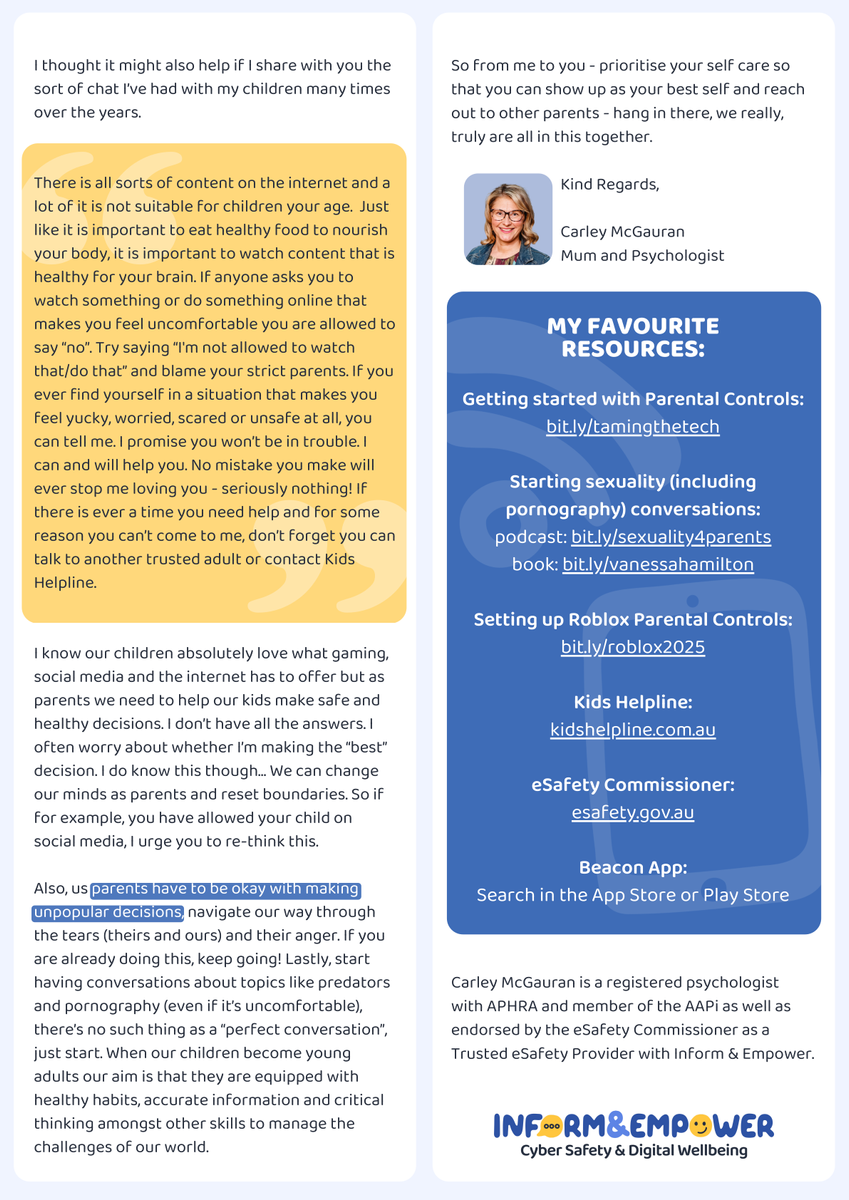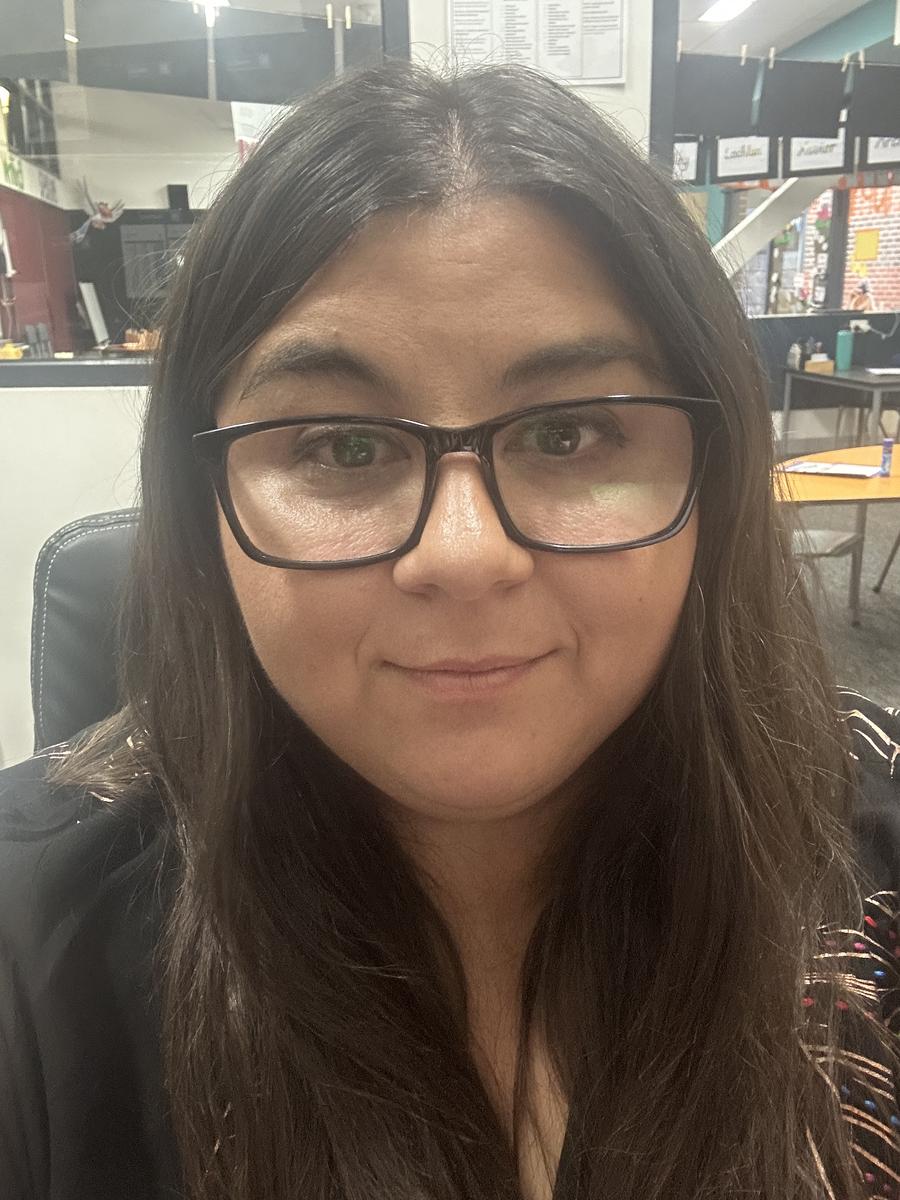Learning and Teaching

Inquiry
from Mrs Hodgetts
Our overarching theme for 2025 is 'Be the Light'; you may have noticed my t-shirt which refers to the bible reference from Matthew 5:14.
Although only three words - they are extremely powerful. The staff and students have spent the first week of school unpacking how these three words relate to and could influence their time at school. For example,
- How can I shine my light, my strengths and interests, in the classroom?
How can I 'be the light' for my friends, House team mates, buddies, classmates,
even staff members?
What new experiences can I engage it at school that may ignite
a new light or passion?
I look forward to celebrating 'the light' of our wonderful school community over 2025.
Digital Technology
from Miss Rensen
Mathematics: The Importance of Place Value
from Mrs Toney
At St. Mary’s, we believe that a strong foundation in mathematics is key to your child's success. One of the most important concepts that children learn in primary school is place value. Understanding place value is essential for developing confidence in maths and enables children to tackle more complex problems with ease.
What is Place Value?
Place value refers to the value of a digit depending on its position in a number. For example, in the number 345, the 3 represents 300, the 4 represents 40, and the 5 represents 5. Each digit's position determines its value, which helps children make sense of numbers and perform calculations accurately.
Why is Place Value Important?
- Builds Number Sense – When children grasp place value, they develop a deeper understanding of how numbers work, making it easier to compare, order and manipulate them.
- Supports Addition and Subtraction – Knowing that 50 is made up of 5 tens helps children break numbers apart and simplify calculations.
- Essential for Multiplication and Division – Understanding that 20 is ten times greater than 2 helps children with multiplication and division strategies.
- Lays the Foundation for Decimals and Fractions – As children progress, place value knowledge helps them understand decimal numbers, percentages and fractions.
- Encourages Logical Thinking – Recognising patterns in numbers through place value fosters problem-solving and logical reasoning skills.
How Can You Help at Home?
You can support your child's understanding of place value in fun and simple ways:
- Use Everyday Objects – Counting with coins, bundling straws into tens, or grouping small items can make place value more tangible.
- Play Games – Board games, place value charts and online interactive activities can make learning engaging.
- Ask Questions – Encourage your child to explain how they know a number is bigger or smaller by discussing its place value.
- Practice with Money and Time – Handling money and telling the time are practical ways to reinforce the concept of place value in real life.
By supporting your child’s place value skills, you are helping them build a solid mathematical foundation for life.
Nicola Toney (Maths Leader F-6)
English
from Ms Cardillo
A brief introduction:
I would just like to take this opportunity to intrduce myself to the St. Mary's community. My name is Laura Cardillo and I have been working as a teacher and leader in Catholic education for almost 17 years now.
I believe that building strong and trusting relationships is the key to ensuring the full flourishing of our students and community. In the coming weeks and months, please come and say hello when you see me so I can begin getting to know you all and start building those critical connections needed to support our learning journey.
I am very excited to be joining the team and building on the work of Dot Crowley, whom I know was a St Mary's treasure.
CURRENT RESEARCH AND BEST PRACTICES IN READING
Throughout the term I will begin to share what current research is telling us about how best to support the learning of our students in Reading, Writing, Speaking & Listening.
Did you know that reading is a biologically secondary skill?
That means that our brains are hardwired to process spoken language naturally but we need to be explicitly taught how to read. Reading, whilst closely related to oral langauge or 'speaking' is a cultural invention.
What does this mean for oral language?
It is the cornerstone of good readers. Oral language is essential in the early years so I encourage you to speak with your children, give them a multitude of language experiences and introduce them to new vocabulary. This has a direct correlation with reading mastery.
What does this mean for Reading instruction?
The ultimate the skill of reading is to gain meaning from written text. We need to go slow to go fast and ensure that the foundation is solid.
THE SIMPLE VIEW OF READING:
The foundation of reading is word recognition. This involves phonological awareness (our ability to hear sounds), phonics (our ability to match sounds to letters) and fluency (our ability to read at a good rate with accuracy). When this foundation is set we must build language comprehension. This involves our ability to understand and use new vocabulary and background knowledge and experiences.
It is important to note that one is the product of another: if either of these factors are missing or poor then we will not achieve the ultimate goal of reading which is...reading comprehension.
If you want to learn more please refer to a more indepth explanation provided by AERO (Australian Education Research Organisation)





